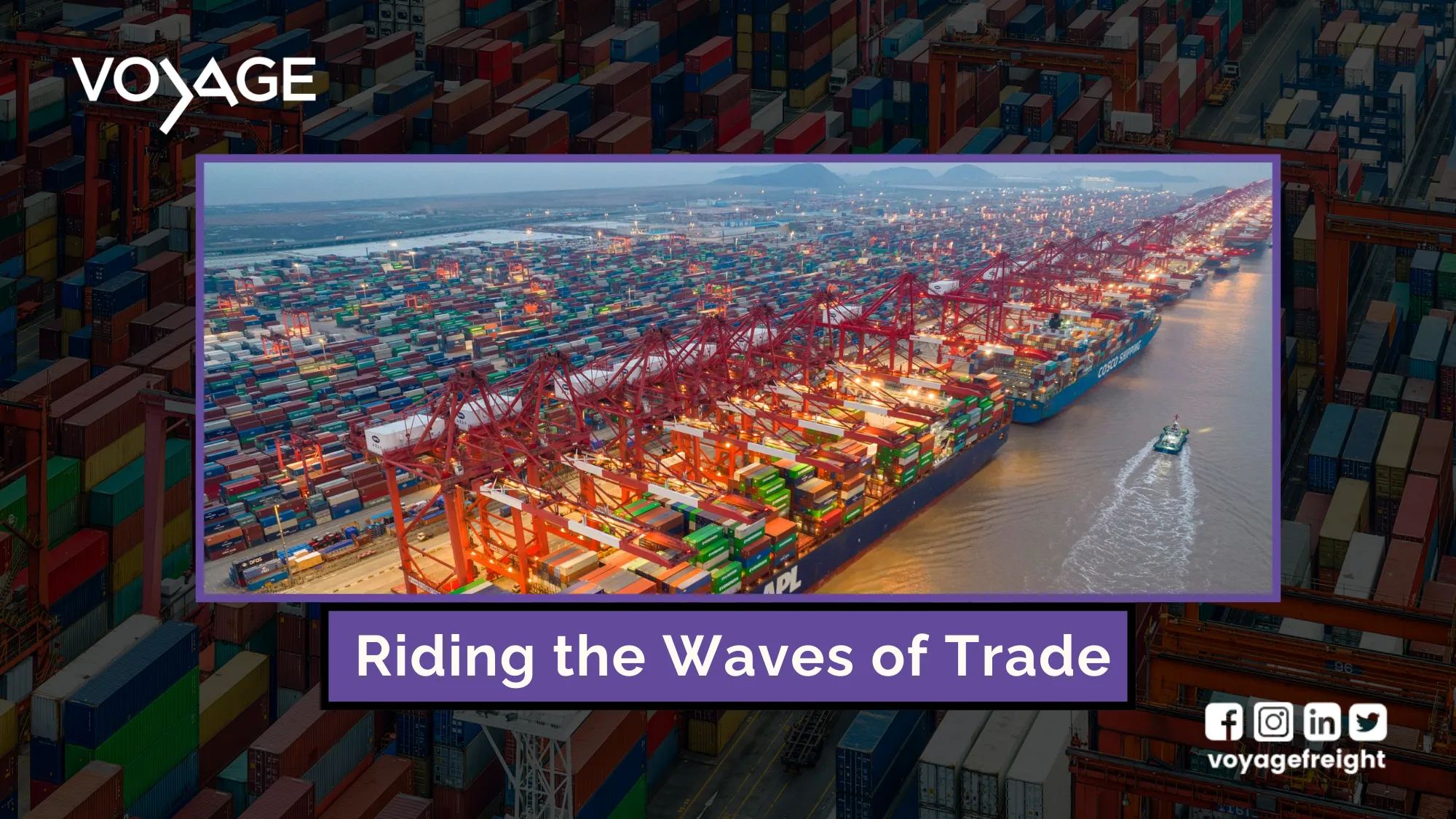
Riding the Waves of Trade
Exploring the World's Busiest Seaport
In the ever-evolving global trade landscape, some places stand out as icons of economic prowess. The world’s busiest seaport is one such icon, a bustling hub where ships from across the globe dock, bringing goods that connect people, businesses, and nations. In this article, we’ll delve into the fascinating world of the world’s busiest seaport, exploring its significance, history, and the vital role it plays in the global economy.
The Port of Shanghai - A Glimpse of Grandeur
When we think of a bustling seaport, the Port of Shanghai immediately comes to mind. Nestled on the coast of the East China Sea, it’s an international gateway to China and the world. With a rich history dating back to ancient times, this mega-facility has risen to prominence as the busiest port on the planet, leaving a mark on global trade that’s hard to overlook.
A Hub of Connectivity
The Port of Shanghai isn’t just a place for shipping containers and cargo ships. It’s a testament to connectivity and innovation. The port is efficiently linked to an extensive network of roads, railways, and waterways, making it a strategic hub for the transportation of goods. Its state-of-the-art infrastructure is essential in maintaining its status as the busiest seaport globally.
Cargo Handling Efficiency
Efficiency is the name of the game at the Port of Shanghai. With modernized equipment and streamlined processes, this seaport can handle an astonishing number of containers daily. It’s not just about volume; it’s about speed and reliability, ensuring goods reach their destinations promptly.
Environmental Responsibility
Despite its immense size, the Port of Shanghai takes its environmental responsibilities seriously. It’s implemented green initiatives, including electric cranes, low-sulphur fuel, and efforts to reduce emissions. This commitment to sustainability is commendable, especially for a facility of its scale.
A Look Back in Time
To appreciate the significance of the world’s busiest seaport, we need to journey back in time. Shanghai’s history as a trading hub dates back centuries. It was once a humble fishing village, but its strategic location along the Yangtze River transformed it into a thriving port city.
Colonial Influences
During the 19th century, Shanghai became a focal point for colonial powers, each establishing their concessions and shaping the city’s international character. This colonial history left an indelible mark on the region, with many architectural and cultural influences still visible today.
Economic Reforms
Shanghai’s modern prominence can be attributed to China’s economic reforms in the late 20th century. The country opened up to the world, and Shanghai seized the opportunity to transform itself into a global economic powerhouse. This evolution, driven by forward-thinking policies, is the foundation of the port’s success.
Key Milestones
Over the years, the Port of Shanghai has achieved remarkable milestones. Its container throughput consistently ranks at the top globally, and its role as a critical node in the “Belt and Road Initiative” has further solidified its position as a leader in international trade.
The Heart of Global Trade
The significance of the world’s busiest seaport extends far beyond China’s borders. It serves as a vital linchpin in the global supply chain, fostering international trade and economic growth.
A Gateway to China
For businesses worldwide, the Port of Shanghai serves as the gateway to the vast Chinese market. The seamless flow of goods through this port is instrumental in trade relations between China and the rest of the world.
Diverse Cargo
The port handles an astonishing variety of cargo, from electronics to automobiles, textiles, and machinery. This diversity reflects the global nature of trade, with goods arriving and departing from every corner of the world.
Economic Impact
The economic impact of the world’s busiest seaport is immeasurable. It not only drives growth in China but also bolsters the economies of countries connected to the global supply chain. From manufacturers to consumers, countless people benefit from the port’s efficiency.
Challenges and Innovations
Operating the world’s busiest seaport isn’t without its challenges. As trade volumes continue to surge, innovative solutions are required to ensure that the port can handle the increasing demand.
Addressing Congestion
One of the major challenges the Port of Shanghai faces is congestion. Efforts are underway to optimize its operations, reduce bottlenecks, and enhance the overall flow of goods.
Digital Transformation
To stay ahead in the rapidly evolving world of trade, the port is embracing digital transformation. From blockchain technology to AI-driven logistics, it’s adopting innovative solutions to streamline its processes and enhance efficiency.
Sustainability Commitment
The Port of Shanghai remains committed to sustainability. It actively seeks to reduce its carbon footprint, explore cleaner energy sources, and invest in green technologies to maintain its leadership in eco-friendly port operations.
Conclusion
The world’s busiest seaport, the Port of Shanghai, is a testament to human achievement and innovation. Its historical significance, modern efficiency, and global impact make it a remarkable symbol of global trade. As we continue to ride the waves of trade, let us celebrate this marvel that connects nations, drives economies, and shapes the future of commerce.

